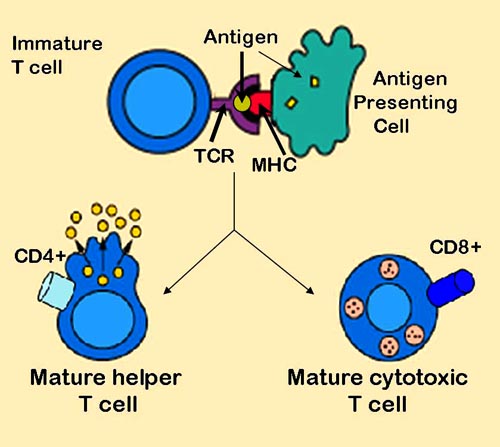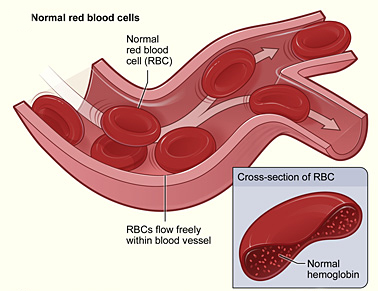With good reason, blood is sometimes referred to as the “lifeblood” of humanity. This essential fluid flows throughout our bodies, supplying cells with nutrition and oxygen, eliminating waste, and supporting a healthy immune system. Still, the division of blood into various blood groups is one of the most significant features of the blood
Knowing blood types is crucial for anybody interested in health, wellbeing, or the complexities of the human body, not just medical experts.
What Are Blood Groups?
Blood types, or blood groups, are divisions of red blood cells according to the presence or lack of specific antigens on their surface. These antigens are carbohydrates or proteins that, if they are unfamiliar to the body, may cause an immunological reaction. The ABO and Rh blood group systems are the most widely recognized.

The ABO System
The most widely used and clinically significant blood group system is the ABO system. It divides blood into four primary categories according on whether two antigens, A and B, are present or absent:
1. Blood Group A: Red blood cells in this group have the A antigen on their surface and plasma contains the B antibody. Individuals with blood type A can receive blood from people with blood type O or A, and they can also donate blood to persons with blood types A or AB.
2. Blood Group B: People with blood type B have plasma that contains the A antibody and red blood cells that have the B antigen. They can take blood from people with type B or O and give it to others with type B or AB
3. Blood Group AB:- Blood type AB, also referred to as the universal recipient, is characterized by the presence of both A and B antigens on red blood cells but not A or B antibodies in plasma. They can therefore give to other people who have type AB blood, but they can only accept blood from any ABO group.
4. Blood Group O: Also referred to as the universal donor, this blood type is the most common. Blood type O individuals have both A and B antibodies in their plasma but neither A nor B antigens on their red blood cells. They can only accept blood from people who have type O, but they can donate blood to anyone.

The Rh System
The second major system of blood group classification is the Rh system. It is predicated on whether or not red blood cells have the protein known as the Rh factor on their surface. The D antigen is the most important Rh antigen.
1. Rh Positive (Rh+): Red blood cells carried by individuals with Rh-positive blood have the Rh factor on them. People with Rh+ blood can receive both Rh+ and Rh- blood; this is the most frequent kind of Rh blood.
2. Rh Negative Blood Type (Rh-): People with this blood type do not have the Rh factor. They can only receive Rh- blood; they can only donate blood to Rh+ or Rh- recipients. Rh- negative blood is less common and can be harder to locate in an emergency.
Why Are Blood Groups Important?
Blood types is essential for various reasons, particularly in medical settings:
1. Blood Transfusions:–
Transfusions of blood are vital medical operations intended to replenish blood lost as a result of disease, accident, or surgery. The receiver and donor blood groups need to match for a transfusion to be successful. A serious and even deadly immunological reaction to incompatible blood might result from the recipient’s body attacking the donor blood as though it were a dangerous foreign object.
2. Pregnancy and Rh Incompatibility:-
In cases where the father is Rh-positive and the woman is Rh-negative, the Rh factor may become a major concern during pregnancy. Antibodies against the baby’s blood may be produced by the mother’s body if the infant receives Rh-positive blood from the father. Hemolytic disease of the newborn (HDN), which can be hazardous for the infant, may result from this. Fortunately, a Rh immunoglobulin injection given during pregnancy can prevent this disease.
3. Organ Transplants:-
Organ transplants, like blood transfusions, necessitate exact blood group matching in order to prevent organ rejection. The organ must be accepted by the recipient’s immune system, which is more likely to happen if the blood types are compatible
4. Blood Group and Disease Risk:-
Certain blood types may be linked to a higher or decreased risk of developing particular diseases, according to some study. Blood type O, for instance, is associated with a lower risk of heart illness, whereas blood type A may be associated with a higher risk of stomach cancer. Blood type is only one of many variables that affect a person’s chance of contracting an illness; these relationships are continuously being researched.
